
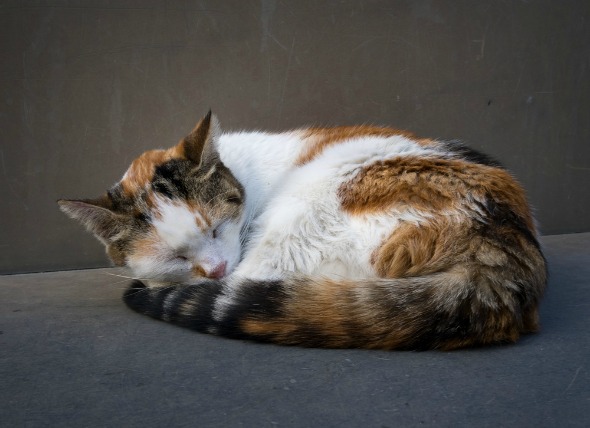
The abdominal cavity is lined with a thin, watery membrane, called the peritoneum. When the cat's abdominal cavity, also called the peritoneal cavity, is injured, the peritoneum becomes inflamed. The severity of the inflammation depends on the type of injury the peritoneal cavity has undergone. Peritonitis is frequently a painful condition, and the cat will respond when it is touched on its abdomen.
Peritonitis can affect both dogs and cats. To learn more about how it affects dogs, please visit this page in the PetMD health library.
Your veterinarian will perform a complete physical exam on your cat, including a chemical blood profile, a complete blood count, a urinalysis, and an electrolyte panel. You will need to give a thorough history of your cat's health, including a background history of symptoms, and possible incidents that might have precipitated this condition. The history you provide may give your veterinarian an indication of whether other organs are causing the condition or are being affected.
Radiograph and ultrasound imaging are critical for visualizing the presence of free fluid in the abdomen, free gas in the abdomen, and an abscess, if it is present. A fluid sample taken by abdominocentesis should be done so that a sample can be stored in a vacuum blood collection tube (EDTA tube) for laboratory analysis. If fluid cannot be recovered during an abdominocentesis, a diagnostic peritoneal lavage (stomach wash) can be done.
Cats with peritonitis should be hospitalized in the intensive care unit for fluid and electrolyte therapy. Your pet's diet will need to be changed to a low-sodium diet if an underlying heart disease is detected. If the cat is in need of nutritional support, a feeding tube can be placed directly into the digestive tract, or feedings can be administered by injection (parenteral). Once the cat has been stablized, your veterinarian will begin to prescribe and administer medication.
If your cat has a bacterial or chemical peritonitis, surgery will be required to resolve the condition. These are serious conditions, and many animals may die despite having surgical treatment. Bloodwork will be repeated every one to two days, or as your doctor deems necessary, while your cat is in the intensive care unit.
If your cat needs to undergo surgery, or if it needs time to heal from a trauma to the abdomen, allow it a quiet and safe space to recover, away from active children and other pets. During recovery, your pet will need to be given a diet that will not place stress on the abdomen.
Ask your veterinarian for advice on dietary changes you may need to make for your cat, and whether the changes need to be made for a short duration, or for the lifetime of your pet.
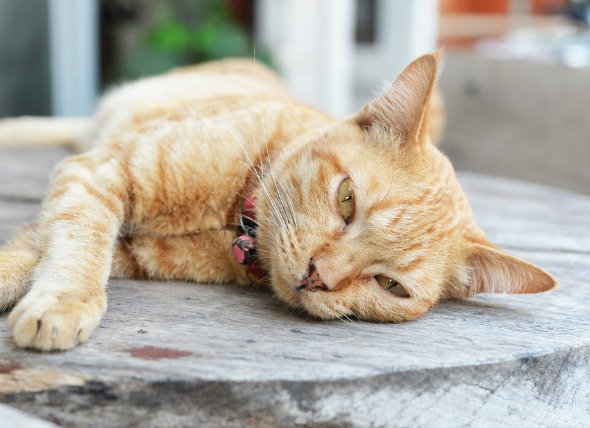 Fatty Liver Disease in Cats
Hepatic Lipidosis in Cats
Hepatic lipidosis, know
Fatty Liver Disease in Cats
Hepatic Lipidosis in Cats
Hepatic lipidosis, know
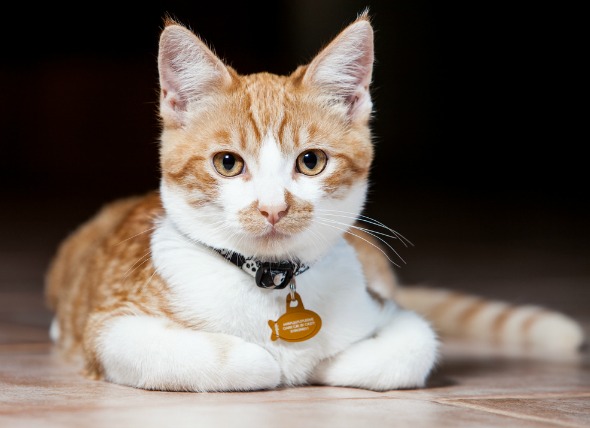 Yeast Infection and Thrush in Cats
Candidiasis in Cats
Candida is a type of sugar-di
Yeast Infection and Thrush in Cats
Candidiasis in Cats
Candida is a type of sugar-di
 Skin Blisters (Vesiculopustular Dermatoses) in Cats
Vesiculopustular Dermatoses in Cats
A pustule is
Skin Blisters (Vesiculopustular Dermatoses) in Cats
Vesiculopustular Dermatoses in Cats
A pustule is
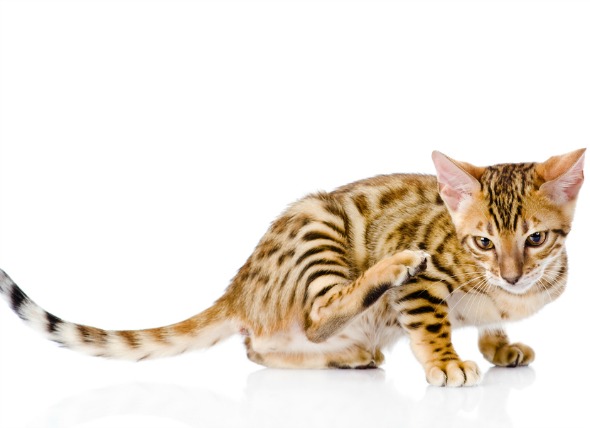 Skin Inflammation Due to Allergies (Atopy) in Cats
Atopic Dermatitis in Cats
Atopic Dermatitis
Skin Inflammation Due to Allergies (Atopy) in Cats
Atopic Dermatitis in Cats
Atopic Dermatitis
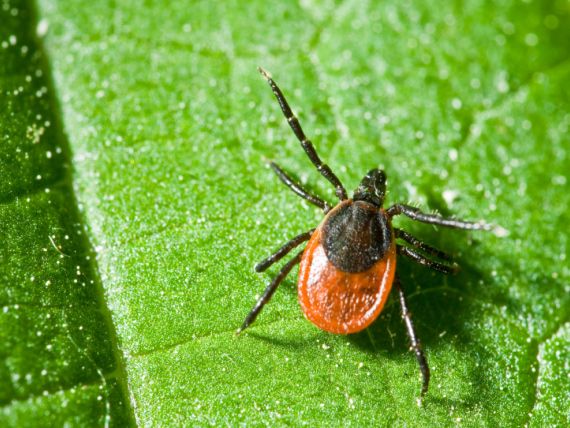 Ticks and Tick Control in Cats
Ticks are parasitic organisms that attach themsel
Ticks and Tick Control in Cats
Ticks are parasitic organisms that attach themsel
Copyright © 2005-2016 Pet Information All Rights Reserved
Contact us: www162date@outlook.com